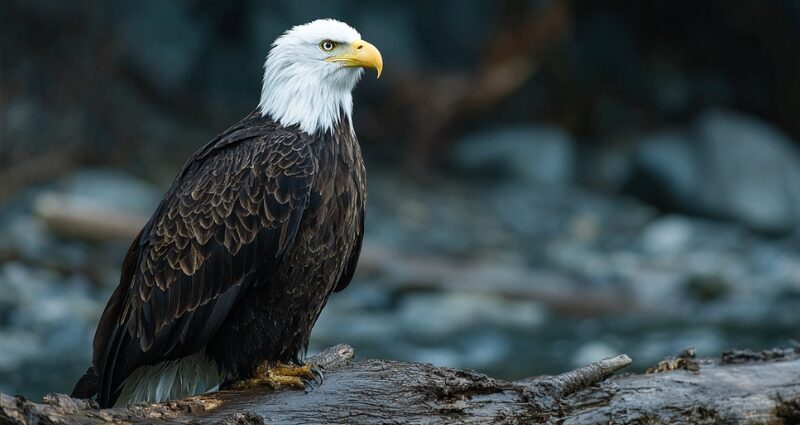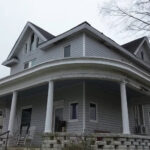Indiana has become one of the most reliable states in the Midwest for bald eagle watching, with over 350 active eagle nests recorded as of 2024, according to the Indiana Department of Natural Resources (DNR). Once nearly extinct in the region due to DDT and habitat loss, bald eagles have made a full comeback thanks to decades of conservation work.
Today, you can observe them nesting, fishing, and soaring freely across the state’s lakes, reservoirs, wetlands, and forest corridors.
But bald eagles are only part of Indiana’s birding story. The state lies along the Mississippi Flyway, one of North America’s primary migratory bird routes, meaning that in the right seasons, it’s possible to see sandhill cranes, ospreys, herons, owls, and even the occasional whooping crane, all in the same area.
Whether you’re a casual observer or a seasoned birder with a scope and field journal, Indiana’s public lands offer accessible, high-quality vantage points.
1. Monroe Lake – A Consistent Bald Eagle Territory
Located in Monroe County, Monroe Lake is the largest inland lake in Indiana and one of the most stable eagle habitats in the state. Eagles nest in the surrounding woodlands and frequently soar above the water looking for fish, making them easy to spot from boat launches or shoreline trails.
The lake is surrounded by forested hills and coves that provide quiet areas for eagles to perch and hunt.
Winter months are especially productive, as multiple individuals gather near ice-free areas to fish. Birders often spot juvenile and adult eagles, along with other raptors and aquatic birds.
With its expansive terrain, Monroe Lake supports year-round sightings, and ranger-led tours are sometimes available during eagle concentration months.
Feature
Details
Best Months to Visit
December – February
Most Common Birds Seen
Bald eagle, osprey (summer), loon, heron
Access Points
Paynetown SRA, Cutright SRA, Allen’s Creek
Facilities
Trails, restrooms, boat ramps, rentals
Special Notes
Eagles nest in wooded coves on the south end
2. Patoka Lake – Eagle Nesting Stronghold
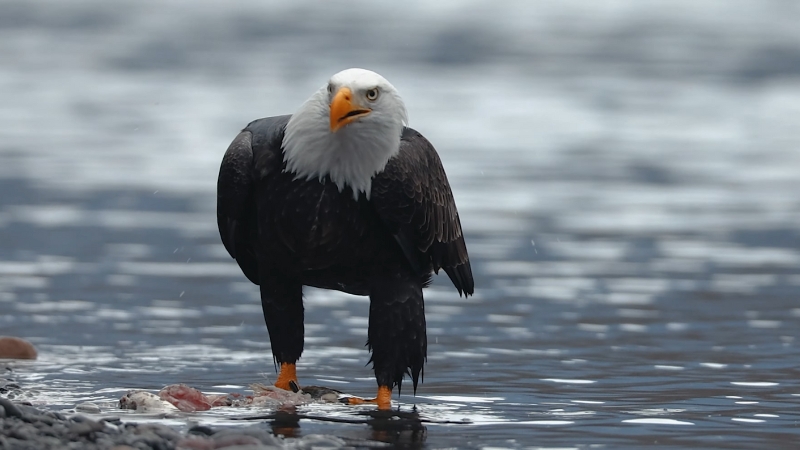
Patoka Lake spans parts of Dubois, Crawford, and Orange Counties and is among the first places bald eagles were successfully reintroduced in Indiana. Today, the area supports multiple active nests and is a popular location for winter eagle watching events hosted by local conservation groups.
Several nests are visible from main roads and observation points.
The surrounding area includes forests, grasslands, and marshes, creating habitat for hawks, cranes, and a wide range of songbirds. The reservoir is also known for calm waters and low light pollution, which helps with early morning and dusk viewing.
Feature
Details
Best Months to Visit
January – February
Most Common Birds Seen
Bald eagle, red-tailed hawk, turkey vulture
Access Points
Patoka Lake Visitor Center, Newton Stewart SRA
Facilities
Observation areas, nature center, picnic areas
Special Notes
Hosts guided eagle watches during winter
3. Eagle Marsh Nature Preserve – Prime Migration Stop
View this post on Instagram
Eagle Marsh, located just southwest of Fort Wayne, covers over 700 acres of restored wetlands and is critical for migratory bird species. Though it’s named after the bald eagle—and sightings are common—it’s also one of the best spots to see cranes, bitterns, rails, and marsh-loving songbirds.
The preserve’s location on the Mississippi Flyway ensures high bird traffic during migration months. Public trails wind through tall grasses and open water, giving you access to diverse viewing areas.
Sightings often change week to week during spring and fall due to the volume of migrants.
Feature
Details
Best Months to Visit
March – May and August – October
Most Common Birds Seen
Bald eagle, northern harrier, bittern, cranes
Access Points
Engle Road Trailhead, entrance near I-69
Facilities
Trails, parking areas, interpretive signs
Special Notes
High diversity during migration; no entry fee
4. Salamonie Reservoir – Northeast Indiana Raptor Hub
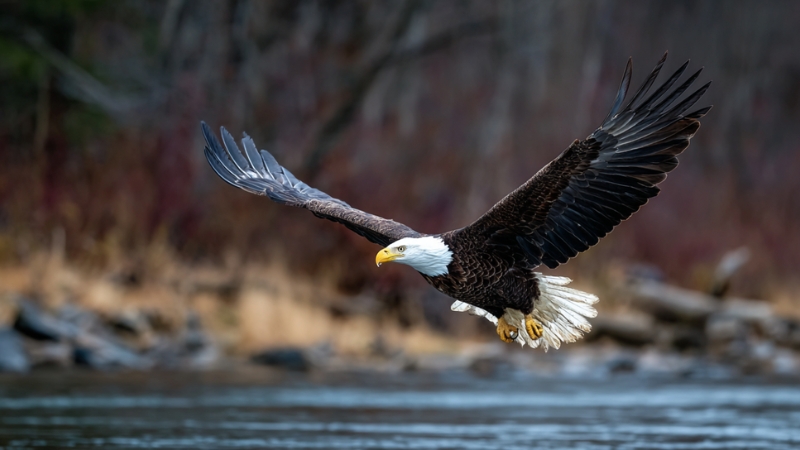
Salamonie Reservoir, managed by the U.S. Army Corps of Engineers and the Indiana DNR, is a winter haven for raptors, particularly bald eagles. The reservoir’s ice-free spillway areas attract fishing birds throughout the coldest months.
Eagles are often observed perched in trees or flying overhead near the dam or along the Lost Bridge trail system.
In addition to raptors, Salamonie supports a wide variety of smaller birds, particularly during migration. Rare sightings like snowy owls have also been documented in the surrounding open fields during particularly cold winters.
Feature
Details
Best Months to Visit
December – March
Most Common Birds Seen
Bald eagle, sharp-shinned hawk, kingfisher, snowy owl
Access Points
Interpretive Center, Hominy Ridge Trail, Highway 105
Facilities
Trails, wildlife viewing decks, nature programs
Special Notes
Guided eagle viewing is hosted seasonally
5. Muscatatuck National Wildlife Refuge – Biodiversity Center
View this post on Instagram
Located just east of Seymour, Muscatatuck NWR protects thousands of acres of bottomland forest, wetlands, and grasslands. It supports more than 280 recorded bird species, making it one of the most comprehensive birding areas in Indiana.
Multiple bald eagle nests are found here, often visible from the auto tour road or designated observation points.
Aside from eagles, the refuge is known for its high concentration of barred owls, wood ducks, and neotropical migrants. The diversity of ecosystems in one protected area makes it valuable year-round.
Feature
Details
Best Months to Visit
Year-round, especially active in April and May
Most Common Birds Seen
Bald eagle, barred owl, wood duck, prothonotary warbler
Access Points
Visitor Center, Chestnut Ridge Trail, auto tour road
Facilities
Trails, bird blinds, educational exhibits, and an auto route
Special Notes
Birding checklists and maps are available at the Visitor Center
6. Cataract Falls and Cagles Mill Lake – Scenic and Wild
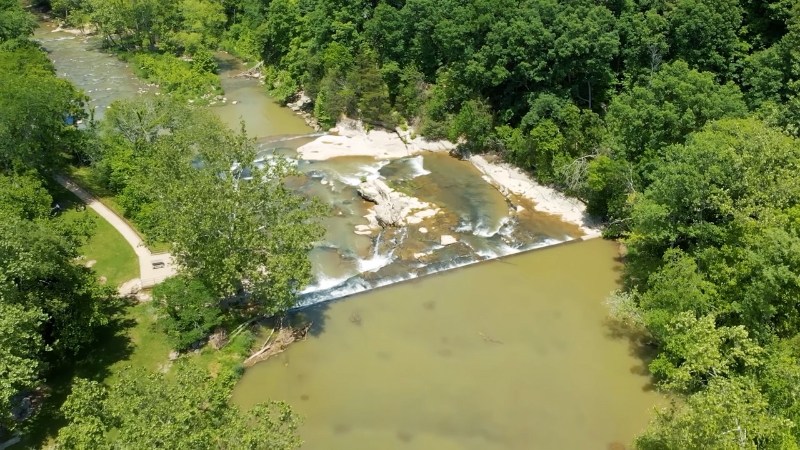
This area in Owen and Putnam Counties offers Indiana’s largest waterfall alongside a lake that provides excellent eagle habitat. Cagles Mill Lake supports both bald eagle nesting sites and seasonal migrations.
Cataract Falls gives visitors a natural lookout point for scanning the skies and tree lines for large raptors.
Bird activity is strong in winter and late summer. Visitors often combine nature photography with casual birding due to the scenery.
The nearby Lieber State Recreation Area serves as a base for exploring the region.
Feature
Details
Best Months to Visit
January – March and July – September
Most Common Birds Seen
Bald eagle, great egret, pileated woodpecker
Access Points
Lieber SRA, Cataract Falls Trail
Facilities
Viewing decks, trails, and restrooms
Special Notes
Dramatic views and a waterfall near the eagle territories
7. Brookville Lake – Forested Raptor Territory
@indydroneguy Brookville Lake indiana #brookville #lakelife #drone #dronevideo #indiana #indydroneguy ♬ A-O-K – Tai Verdes
Brookville Lake sits along the eastern edge of the state and is surrounded by mature hardwood forest, making it one of the quieter but reliable eagle locations. Bald eagles are regularly seen soaring above the lake or nesting near the shoreline.
Birdwatchers also report frequent sightings of cormorants and large woodpeckers.
The lake’s size and seclusion help reduce foot traffic, providing a more serene experience. Birders should bring scopes or high-quality binoculars to cover the long, open water views.
Feature
Details
Best Months to Visit
February – March, October
Most Common Birds Seen
Bald eagle, cormorant, Caspian tern, flicker
Access Points
Mounds SRA, Fairfield SRA, Garr Hill Boat Ramp
Facilities
Trails, observation points, boat access
Special Notes
Less crowded, good for patient observers
8. Goose Pond Fish and Wildlife Area – Waterfowl Capital
Located in Greene County, Goose Pond FWA is Indiana’s premier wetland for waterfowl and migratory cranes. Thousands of sandhill cranes gather here in winter, often joined by bald eagles who feed on weak or dead birds.
Open water areas are dotted with ducks, geese, and shorebirds during migration.
Birders can drive the gravel loop roads or use observation platforms for an all-day viewing experience. Occasional whooping crane sightings and a chance to observe mass crane flyouts make this area exceptional in winter.
Feature
Details
Best Months to Visit
November – March
Most Common Birds Seen
Bald eagle, sandhill crane, pintail, whooping crane
Access Points
County Road 200W, Main Parking Area, Platform D
Facilities
Gravel roads, elevated blinds, bird list handouts
Special Notes
Best visited at sunrise or late afternoon for cranes
9. Sugar Ridge Fish and Wildlife Area – Remote and Rich
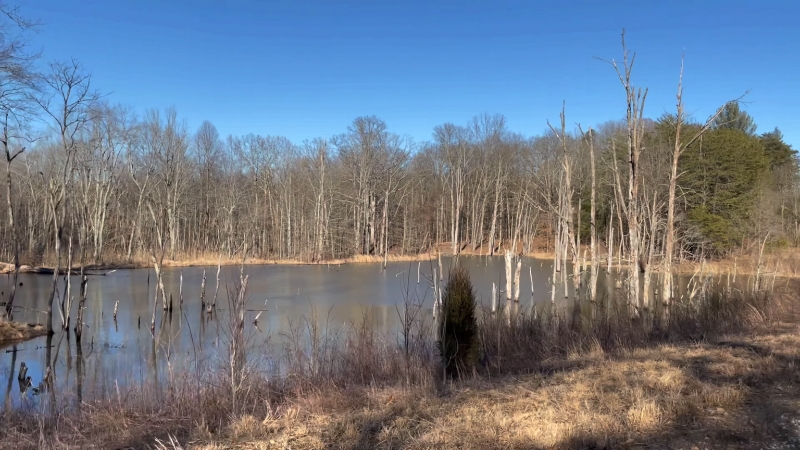
Sugar Ridge in Dubois County is an underappreciated location with a mosaic of lakes, ridges, and woodlands. Though less developed than some sites, it offers quiet surroundings ideal for spotting bald eagles, owls, and herons.
Because of the low human traffic, birds tend to behave naturally and remain visible for longer periods.
Experienced birders value Sugar Ridge for its solitude and diversity during both winter and summer. The habitat supports nesting bald eagles and many warblers and flycatchers in spring.
Feature
Details
Best Months to Visit
January – April and late August
Most Common Birds Seen
Bald eagle, Cooper’s hawk, great horned owl, heron
Access Points
Area 9 Boat Ramp, Lake Flat Trail, Reservoir 26 Road
Facilities
Primitive access only, gravel roads
Special Notes
Excellent for quiet, all-day birding trips
Conclusion
Watching a bald eagle fly low across a reservoir or perch above the water with a fresh catch is a moment that stays with you—but in Indiana, it’s no longer a rare one.
With strong populations and identified nesting zones, Indiana now offers year-round eagle observation across at least a dozen well-documented habitats.
The state’s commitment to wildlife conservation, paired with its natural geography of lakes, rivers, and wetlands, makes it an ideal place for observing raptors and migratory birds in action.
Sites like Goose Pond, Monroe Lake, and Patoka Lake are no longer hidden gems—they’re now recognized across the region as dependable birding destinations.
For the best results, visit during winter months (December to February) for bald eagles, or during spring and fall migrations for maximum species diversity.
Bring binoculars or a spotting scope, check local DNR updates for trail access and nesting reports, and respect viewing distances—especially during nesting season.

